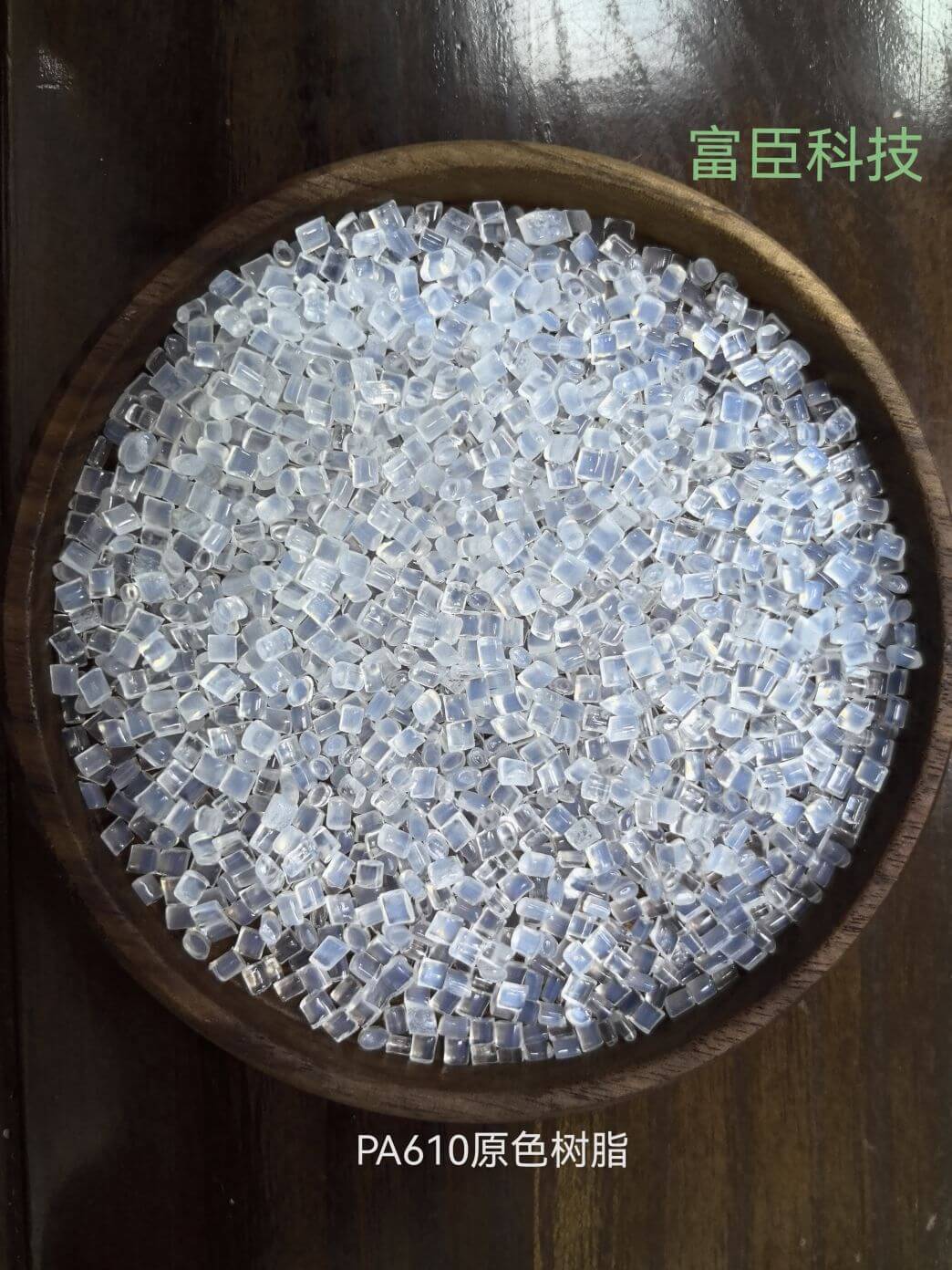Czy kiedykolwiek zastanawiałeś się, z czego wykonane są te poręczne torby na zakupy, które dostajesz w sklepie? Cóż, istnieje duże prawdopodobieństwo, że jest to nylon! Nylon to wszechstronny materiał powstały z połączenia cząsteczek w różne kształty, takie jak włókna lub folie. Jest on wykorzystywany w wielu różnych branżach. Ale czym właściwie jest Nylon 6 10? W tym artykule zagłębimy się w specyfikę nylonu 6 10, jego właściwości i liczne zastosowania.
Co to jest Nylon 6 10?
Wyobraź sobie nylon 6 10 jako rodzaj nylonu zbudowanego z dwóch bloków budulcowych zwanych monomerami. Liczby 6 i 10 odnoszą się do liczby atomów węgla w każdym monomerze. W nylonie 6 10 jeden blok budulcowy ma 10 atomów węgla i nazywa się chlorkiem sebacoilu. Drugi ma 6 atomów węgla i nazywa się 1,6-diaminoheksan.
Kiedy te dwa monomery łączą się w reakcji chemicznej, tworzą długi łańcuch, którym jest właśnie nylon 610. Proces ten nazywany jest polimeryzacją kondensacyjną, a podczas tej reakcji tracone są niektóre małe cząsteczki. Podobnie jak inne nylony, nylon 6/10 można wzmocnić włóknami szklanymi lub innymi materiałami, aby poprawić jego wydajność.
Nylon 6 10 Sstruktura
Jak wypada w porównaniu Nylon 6/10?
W porównaniu z innymi nylonami, nylon 6/10 ma kilka wyraźnych zalet. Kluczową zaletą jest to, że pochłania bardzo mało wilgoci, dzięki czemu pozostaje wytrzymały nawet po zamoczeniu. Sprawia to, że jest to świetny wybór do takich rzeczy jak włosie szczoteczki do zębów. Kolejną zaletą jest to, że nylon 6/10 lepiej radzi sobie ze zmianami temperatury niż niektóre inne nylony, a także jest odporny na wiele chemikaliów.
Oto dwie dodatkowe cechy Nylon 6/10:
- Dobra odporność na ścieranie:Nylon 6/10 charakteryzuje się wysoką odpornością na zużycie w wyniku tarcia. Dzięki temu nadaje się do zastosowań wymagających ruchów ślizgowych lub tarcia, takich jak łożyska, koła zębate i tuleje.
- Właściwości zmniejszające palność:Niektóre formuły nylonu 6/10 mogą być z natury trudnopalne lub mogą być modyfikowane dodatkami w celu uzyskania tej właściwości. Sprawia to, że jest to cenny materiał do zastosowań, w których bezpieczeństwo przeciwpożarowe ma znaczenie, takich jak komponenty elektryczne lub części transportu masowego.
Wady i zalety nylonu 6/10
Plusy:
- Niska absorpcja wilgoci
- Utrzymuje wytrzymałość w szerokim zakresie temperatur
- Dobra odporność na chemikalia
- Dobra odporność na ścieranie
- Właściwości zmniejszające palność (w niektórych preparatach)
Con:
- Generalnie droższe niż niektóre inne nylony
Gdzie można znaleźć Nylon 6 10?
Zalety nylonu 6/10 sprawiają, że jest on cennym materiałem w wielu branżach. Jak wspomniano wcześniej, jego niska absorpcja wilgoci sprawia, że doskonale nadaje się do produkcji włosia szczoteczek do zębów. Ponadto, ponieważ pozostaje wytrzymały w różnych temperaturach, jest szeroko stosowany w częściach samochodowych, takich jak pokrywy silnika, wloty powietrza i chłodnice. Dobra odporność chemiczna nylonu 6/10 sprawia, że nadaje się on również do produkcji zbiorników paliwa.
Poza samochodami, świat sportu wykorzystuje nylon 6/10 w takich elementach jak ramy rakiet i części rowerowe. Jego wytrzymałość i lekkość sprawiają, że idealnie nadaje się do tych zastosowań, pomagając wydłużyć żywotność sprzętu sportowego i zmniejszyć wagę sportowców.
Doskonałe właściwości mechaniczne i odporność na zużycie nylonu 6/10 sprawiają, że jest on również materiałem stosowanym do produkcji części maszyn w przemyśle ciężkim, takich jak koła zębate, łożyska i żyroskopy. W świecie elektroniki, jego dobre właściwości izolacji elektrycznej sprawiają, że jest przydatny do produkcji złączy i izolatorów.
Podsumowując
Świat nylonów jest ogromny, a nylon 6 10 wyróżnia się imponującym połączeniem niskiej absorpcji wilgoci, dobrej odporności na temperaturę, odporności chemicznej, odporności na ścieranie, a nawet właściwości zmniejszających palność (w niektórych formułach). Cechy te sprawiają, że jest to cenny materiał w różnych branżach, od artykułów sportowych po samochody i elektronikę. Tak więc, następnym razem, gdy napotkasz trwały i wszechstronny element z tworzywa sztucznego, istnieje duża szansa, że może to być nylon 6/10!


